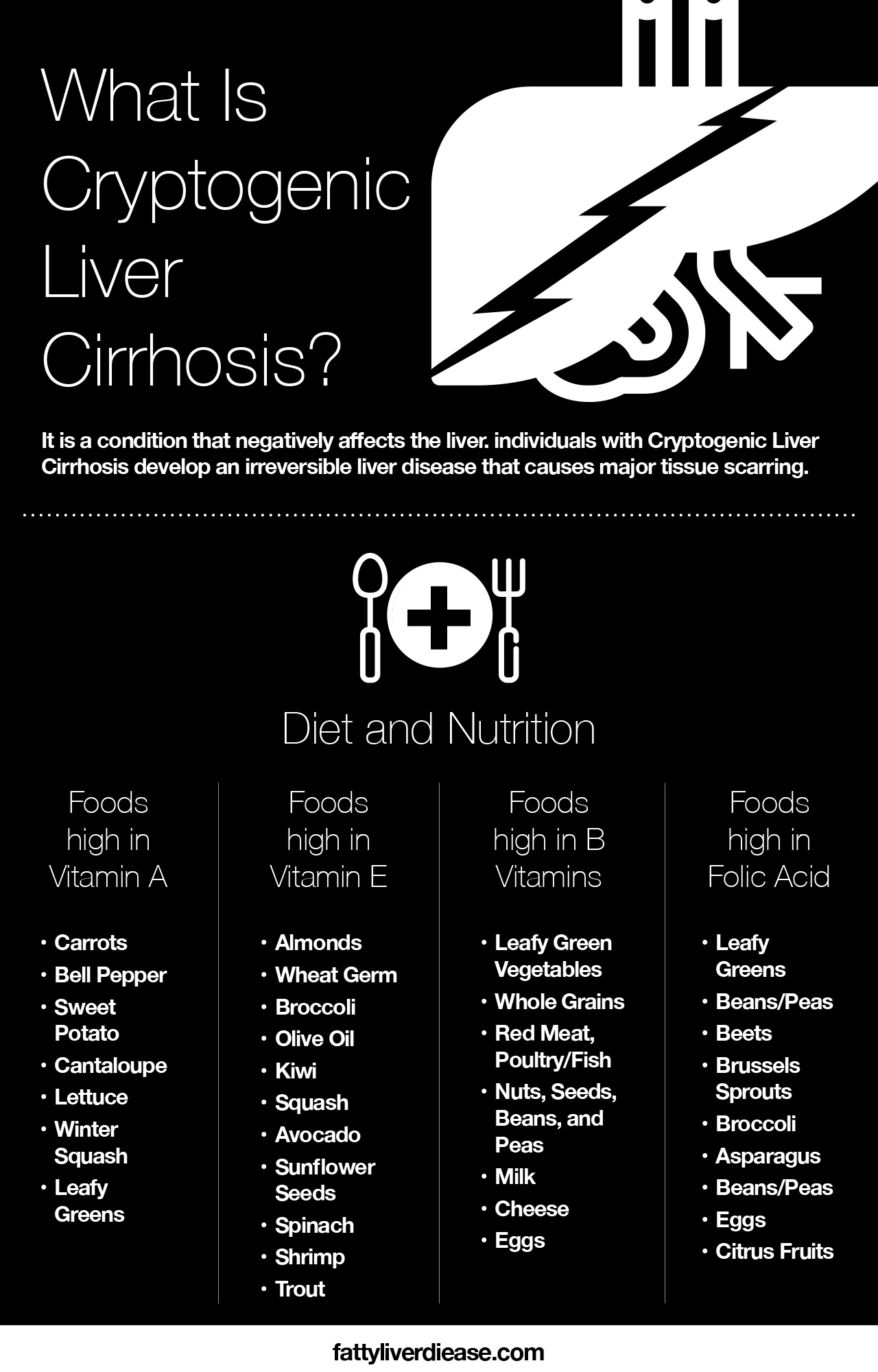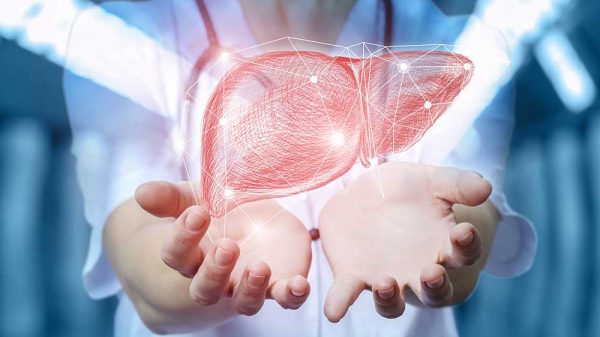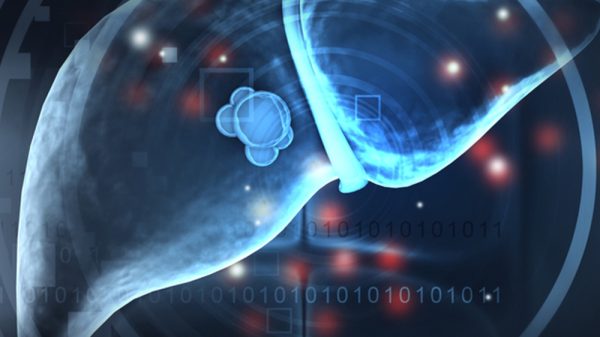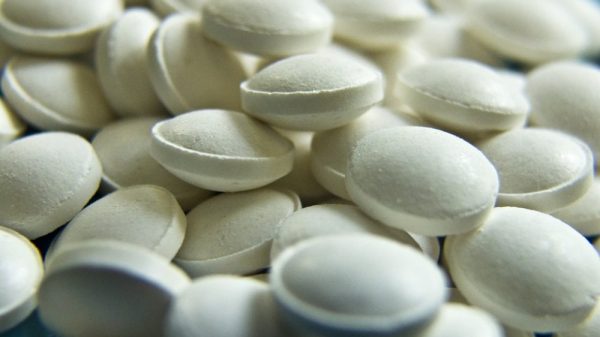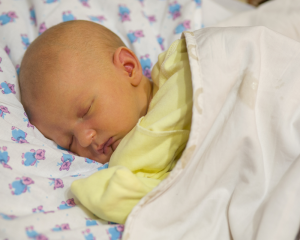Have you been diagnosed with cryptogenic liver cirrhosis? Cirrhosis is a late-stage liver disease that involves severe liver scarring. The term cryptogenic means the origin of the disease is unclear. Liver cirrhosis can develop from various factors. They include heavy alcohol drinking, infection (Hepatitis A, B, and C), and non-alcoholic fatty liver disease (NAFLD).
What Exactly Is Cryptogenic Liver Cirrhosis?
Liver cirrhosis is a late-stage liver disease that causes major tissue scarring. The stage of liver disease include:
- Stage 1: Inflammation
- Stage 2: Fibrosis (scarring)
- Stage 3: Cirrhosis
- Stage 4: Liver Failure
It is important to track liver disease and take steps to prevent it from progressing to the next stage. For example, fatty liver is quite common, and it’s estimated up to 100% of all heavy drinkers have this condition. However, over time this can develop into fatty liver disease (FLD).
The term cryptogenic refers to a disease whose origin is not clear. Several causes of liver cirrhosis include alcohol drinking, infection, genetic disorders, blocked bile ducts, and medications.
However, in other cases, doctors are not entirely sure about what is causing cirrhosis. Various tests are needed to help check factors like blood, liver function, and other conditions. However, afterward, it may still be unclear what’s causing the liver scarring.
Like other types of cirrhosis, there are often no symptoms in cryptogenic cirrhosis during the early stages. While there’s more tissue scarring than Stage 2 of liver cirrhosis, the liver is still able to function relatively well due to the amount of scarring that takes place.
However, the situation can change, starting with Stage 2 of liver cirrhosis. That is when various complications start developing. Some of the common symptoms of cirrhosis of the liver include:
- Weight loss
- Fatigue
- Enlarged blood vessels
- Loss of appetite
- Yellowish eyeballs/skin
- Swelling
- Weakness
- Nausea
Several complications can develop during cryptogenic cirrhosis. They include liver cancer, diabetes, and high blood pressure in the liver veins.
The range of US cirrhosis patients diagnosed with cryptogenic cirrhosis varies from 5% to 30%. In some cases, the patients are originally diagnosed with a cryptogenic type of cirrhosis, then the main cause of the disease is later discovered.
Cryptogenic Liver Cirrhosis: Diet and Nutrition
If you are diagnosed with cryptogenic cirrhosis, it’s important to follow basic dietary guidelines. That is based on various tests that check the levels of different nutrients. Some of the main deficiencies to focus on when doing meal planning for liver cirrhosis include:
VITAMIN A
It is one of the most common deficiencies among cryptogenic liver cirrhosis. Studies show that this vitamin deficiency is found in about 40% of cases of this condition. Foods high in Vitamin A include:
- Carrots
- Bell Pepper
- Sweet potato
- Cantaloupe
- Lettuce
- Winter Squash
- Leafy Greens
These are some of the best options if you have a Vitamin A deficiency. Vitamin A is essential for several body functions, including eye health. Look for foods like carrots that are high in the pigment known as beta-carotene. The body turns this into Vitamin A.
VITAMIN E
Foods high in Vitamin E include:
- Almonds
- Wheat Germ
- Broccoli
- Shrimp
- Olive oil
- Kiwi
- Trout
- Squash
- Avocado
- Sunflower seeds
- Spinach
The recommended daily value (DV) for Vitamin E is 15mg. If you have a Vitamin E deficiency, your doctor can help provide guidelines about how to boost your daily intake. That will help to deal with one of the nutrient deficiencies linked to liver disease and cryptogenic cirrhosis in particular.
VITAMIN Bs
These deficiencies only affect about 10% of cryptogenic cirrhosis patients. Some of the ones that are low in patients include Vitamin B12, riboflavin, and thiamin. You could either focus on supplements that contain Vitamin Bs. Another option is to consume foods that are high in B Vitamins including:
- Leafy green vegetables
- Red meat
- Nuts/Seeds
- Milk/Cheese
- Beans/Peas
- Whole grains
- Eggs
- Poultry/Fish
FOLIC ACID
Studies show that over 15% of patients with cryptogenic cirrhosis have a deficiency in folic acid. Here are some foods to add to your diet:
- Leafy Greens
- Beets
- Beans/Peas
- Brussels Sprouts
- Eggs
- Broccoli
- Citrus Fruits
- Asparagus
What Causes Cryptogenic Cirrhosis?
While heavy alcohol drinking and viral infections like Hepatitis B/C are some of the main causes of other kinds of cirrhosis, it is not the case with cryptogenic cirrhosis. In many cases, cryptogenic cirrhosis results from a condition known as non-alcoholic fatty liver disease (NAFLD). It can develop from fatty liver, which itself can result from factors like high-fat diet and heavy alcohol drinking.
NAFLD results from a fat buildup in the liver, which affects its function. If fat buildup results in inflammation and liver tissue are damaged, this can lead to NAFLD. The body then responds by forming scar tissue to protect the liver from more damage.
Scar tissue can help to reduce fat buildup and counter organ damage. However, if the condition continues to worsen, it can progress from NASH to liver cirrhosis.
“Autoimmune hepatitis” is another cause of cryptogenic cirrhosis. This condition happens when the immune system doesn’t function properly and attacks the patient’s liver, which results in inflammation as well as liver damage.
A less common cause of this kind of cirrhosis is gene changes related to keratin proteins. It is the protein that makes fingernails/toenails hard. They’re also found in other tissues like skin and hair. When people have these keratin-based gene mutations they’re more likely to experience stringy deposits on the liver.
However, in several cases, doctors simply don’t know what’s causing the cryptogenic cirrhosis. Scientists are studying why some people with other conditions develop cirrhosis and others don’t. Finding out the answer could make it easier to diagnose and treat people who have cryptogenic liver cirrhosis.
